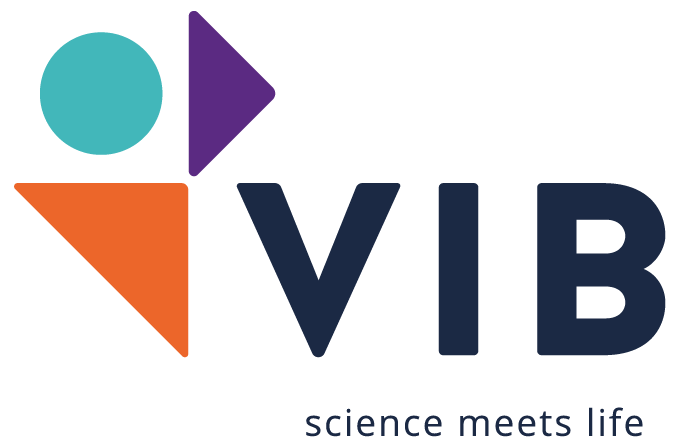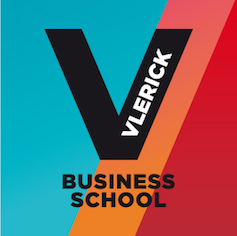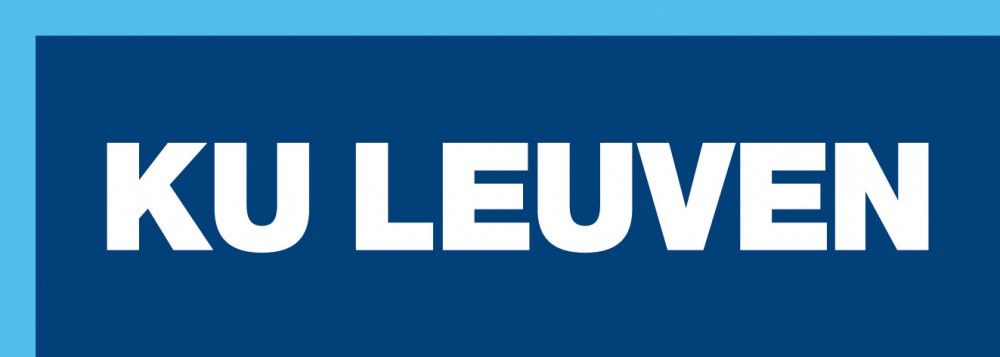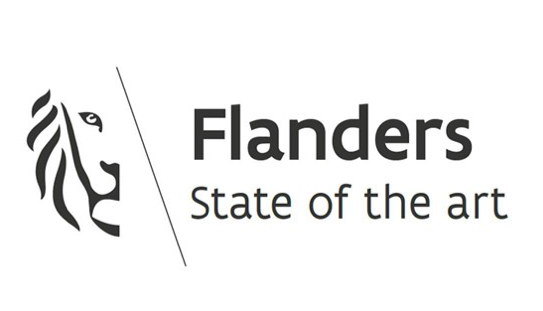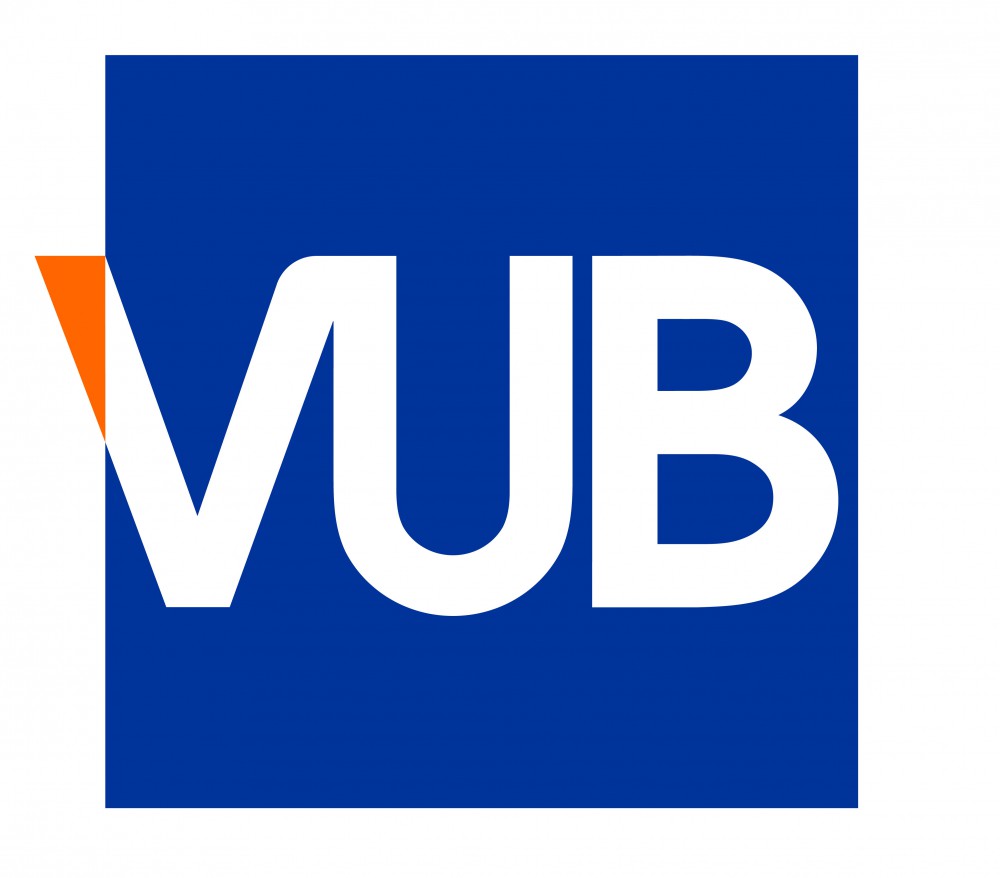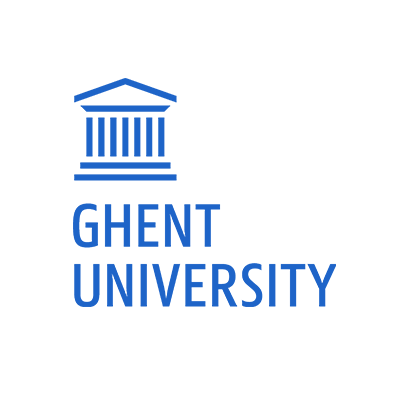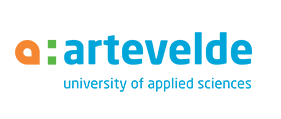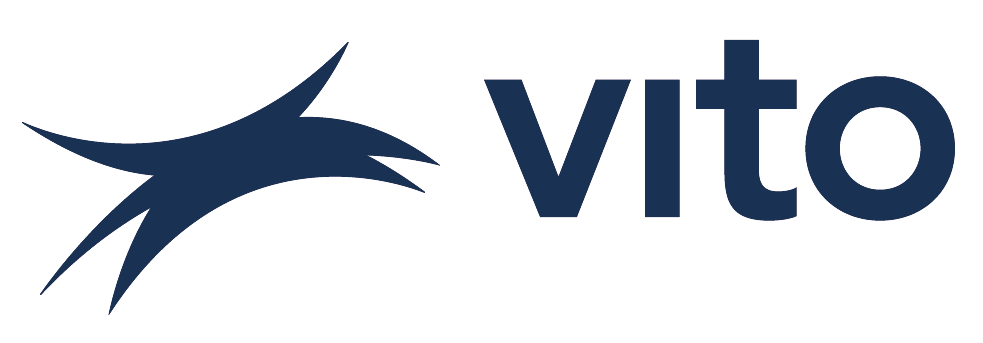Welcome to our species identification service
Did you know there are countless species of mosquitoes, some of which can transmit dangerous diseases? Identifying these tiny creatures—or any other species— is no easy task, even for seasoned biologists. Luckily Ann Vanderheyden and her colleagues at the 'Species Identification Service' can help. So.. if there's something weird, and it don't look good... Who you gonna call? 🕵️♂️🔍
Environment

About us
Science Figured Out lures scientists out of their trusted lab or office space and places them in front of a camera with a clear task: inform the general public in a clear 3-minute pitch about your research!
The project is an initiative of the non-profit SciMingo
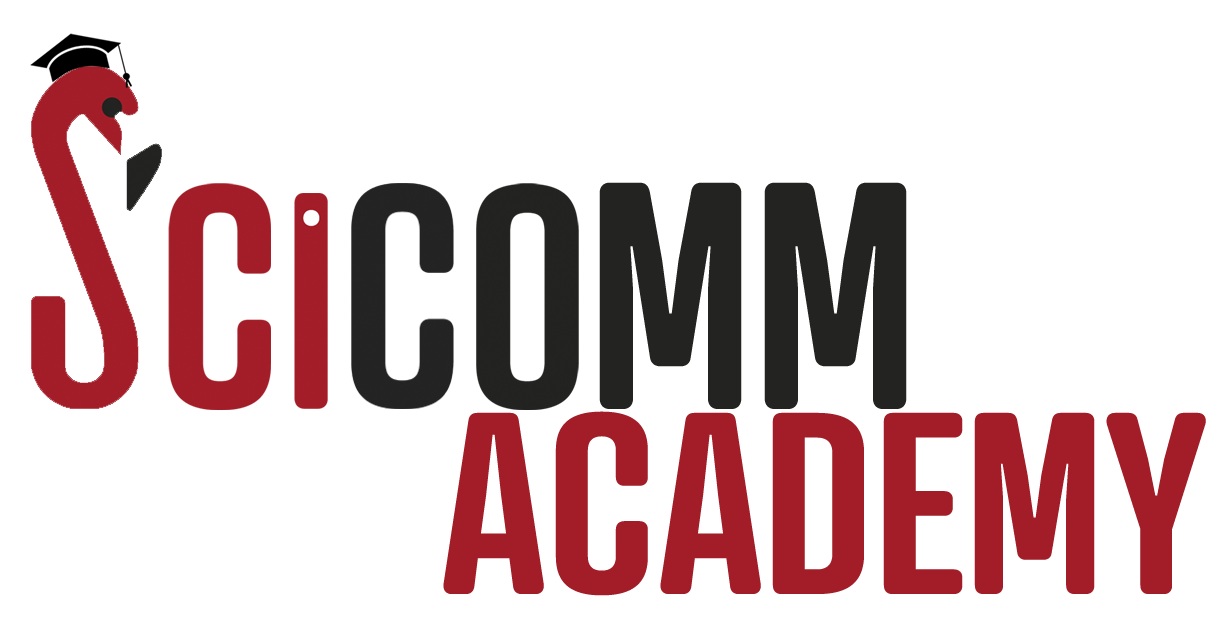
Do you want to record a Science Figured Out movie about your research?
Follow the video & pitch course via our SciComm Academy
Search videos

Instituut Natuurwetenschappen
Wind farm noise impacts North Sea marine mammals
Did you know Belgium uses more of its seaspace for wind farms than any other country? This noise disrupts marine life, like North Sea harbour porpoises. Bob Rumes uses underwater microphones to study underwater noise and how it affects porpoises.

UAntwerpen
Decoding the saxophone's soul with a robot: the power of the mouthpiece
The saxophone, a Belgian invention by Adolphe Sax, is nearing its 180th birthday, but evolution has stalled in the last 100 years. Until now! Enis Ukshini built a saxophone robot, a fully automatic saxophone virtuoso. The robot helps him study a small part key to the sax's unique sound: the mouthpiece with the vibrating reed.

KU Leuven
VITO
Making carbon conversion more efficient
The rise of CO2 levels has many harmful effects on our planet. A part of the solution is capturing CO2 emissions and transforming them into valuable chemicals and fuels, while potentially slowing climate change. Wenjian Hu explains how this carbon conversion works. His research aims to make the process more efficient, paving the way for scaling up from lab experiments to big industrial plants.

VITO
How to put wasted heat to good use
Industries release enormous amounts of wasted heat: over 67% of all energy generated worldwide is estimated to be lost as heat! What if we could harness this industrial waste heat to warm our homes? For this, Praharsh Pai Raikar is optimizing the design process of heat exchangers. Heat what?! He will tell you more in this video.
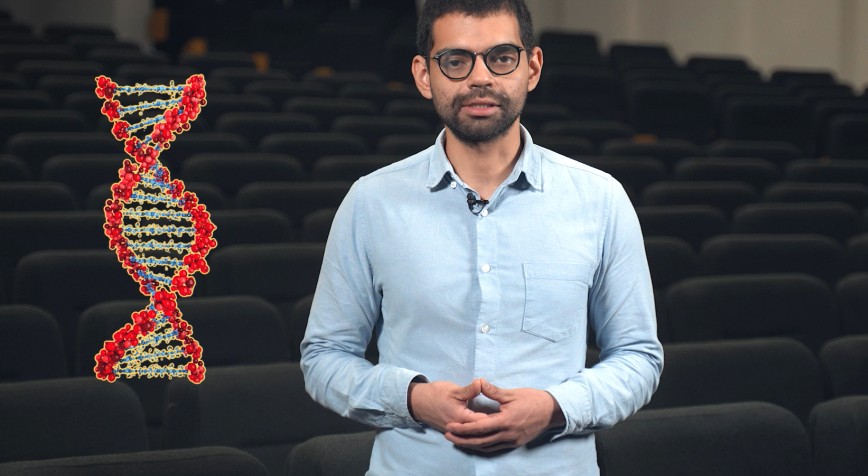
UHasselt
VITO
How do my genes describe me and my health?
Why do some people get a cold every month, while others seem immune, even in the wintertime? 🤧 "The answer lies in our genes," says Alejandro Correa Rojo. "Each of us carries a unique genetic code, that can tell how you will respond to a disease." After studying the DNA of thousands of people, Alejandro developed a Genetic Risk Score. This single number tells how you are at risk for a specific disease compared to others. Find out more in the video.

VITO
Monitoring drinking water sources
Where does the clean, potable water flowing from our taps actually come from? "In Flanders, we extract our drinking water from various raw water sources, such as underground reserves, canals and rivers. This water is then thoroughly purified by drinking water companies so that it is safe for consumption," explains VITO researcher Joni Dehaspe. She explains why it is important to continuously monitor raw water quality in real time.




